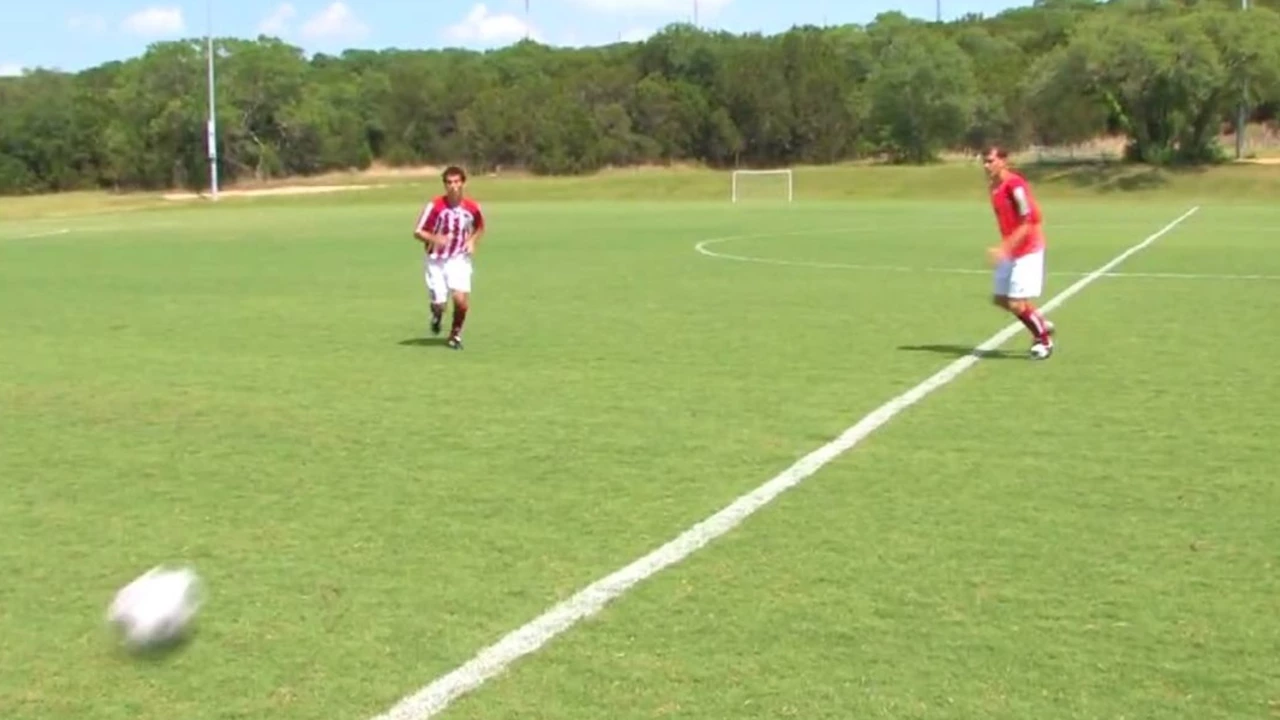Sports & Recreation: Mastering Midfield Soccer
Ever wonder why midfield feels like the engine room of a soccer match? If you love the game and want to make a real impact, learning the basics of playing midfield is a great place to start. Below you’ll find straightforward advice that you can try on the pitch right away.
Why Midfield Matters
The midfield is the link between defense and attack. A good midfielder helps the team keep possession, creates chances, and breaks up the opponent’s moves. Because you’re constantly moving up and down the field, you’ll cover the most ground in a game. That extra running means you need both stamina and smart decision‑making.
Think of the midfield like a traffic controller. You’re directing the ball, telling teammates where to go, and watching the opponent’s signals. When you get this role right, the whole team plays smoother and looks more confident.
Key Skills for Midfield Success
Ball control. First thing, get comfortable with the ball at your feet. Practice receiving passes with both feet, keeping the ball close, and turning quickly. Simple drill: stand in a small area and bounce the ball back and forth with a partner, using only one foot at a time.
Passing accuracy. Midfielders are the main distributors. Aim for short, crisp passes to keep the flow, and work on longer through‑balls for attackers. A good rule is to always have two passing options – if one is closed, the other is ready.
Positioning. Stay aware of where your teammates and opponents are. When your team loses the ball, drop back quickly to help defend. When you win it, look for space forward. A quick tip: imagine an invisible rectangle in front of you; try to stay inside it to be an effective outlet.
Stamina. You’ll run more than most players. Incorporate interval training – sprint for 30 seconds, jog for a minute, repeat. Over time you’ll be able to maintain a high work rate for the full 90 minutes.
Communication. Call out when you’re open, signal when you want a pass, and shout to organize the defense. Even a simple "I’m on side" can prevent a dangerous interception.
Game analysis. While playing, keep an eye on the flow. Notice when the opponent pushes high, when they sit deep, and adjust your positioning accordingly. Small adjustments each half can change the outcome.
Put these ideas into practice during training. Start each session with a quick warm‑up, then spend 10 minutes on ball control drills, 10 minutes on passing under pressure, and finish with a small‑sided game where you focus on staying in the midfield rectangle.
Remember, you don’t have to be a perfect passer or the fastest runner to succeed. Consistency and awareness often beat raw talent. By mastering these core skills, you’ll become the player your teammates rely on, and you’ll enjoy the game even more.
Ready to try? Grab a ball, find a teammate, and run through the drills. Notice how your confidence grows each time you complete a clean pass or win a tackle. That’s the feeling of a strong midfielder, and it’s yours to develop.
Posted by
Caspian O'Reilly
0 Comments

Two rescued in west London after Diwali fireworks ignited a building fire, echoing the 2023 Hounslow tragedy that killed six. The London Fire Brigade warns of escalating risks and launches a safety campaign ahead of next year's festival.
read morePosted by
Caspian O'Reilly
0 Comments

Playing midfield in soccer requires a blend of offensive and defensive skills. I need to master ball control, passing accuracy, and strategic positioning to both support my team's attacks and disrupt opposing players. Stamina is key as I'm often running the greatest distance during a match, occupying spaces between the offense and defense. Communication with my teammates is also crucial for coordinating plays. Lastly, I must consistently analyse the game flow to make split-second decisions that could change the game's outcome.
read more